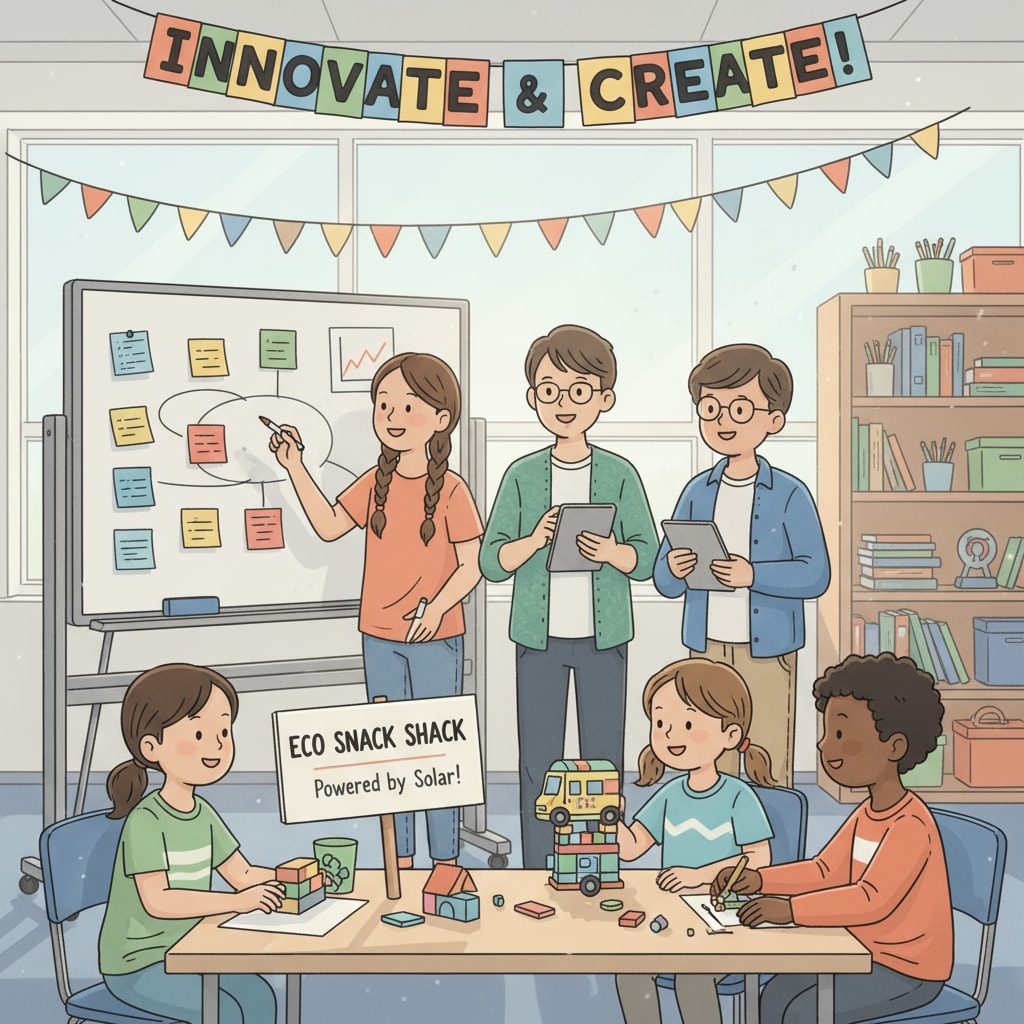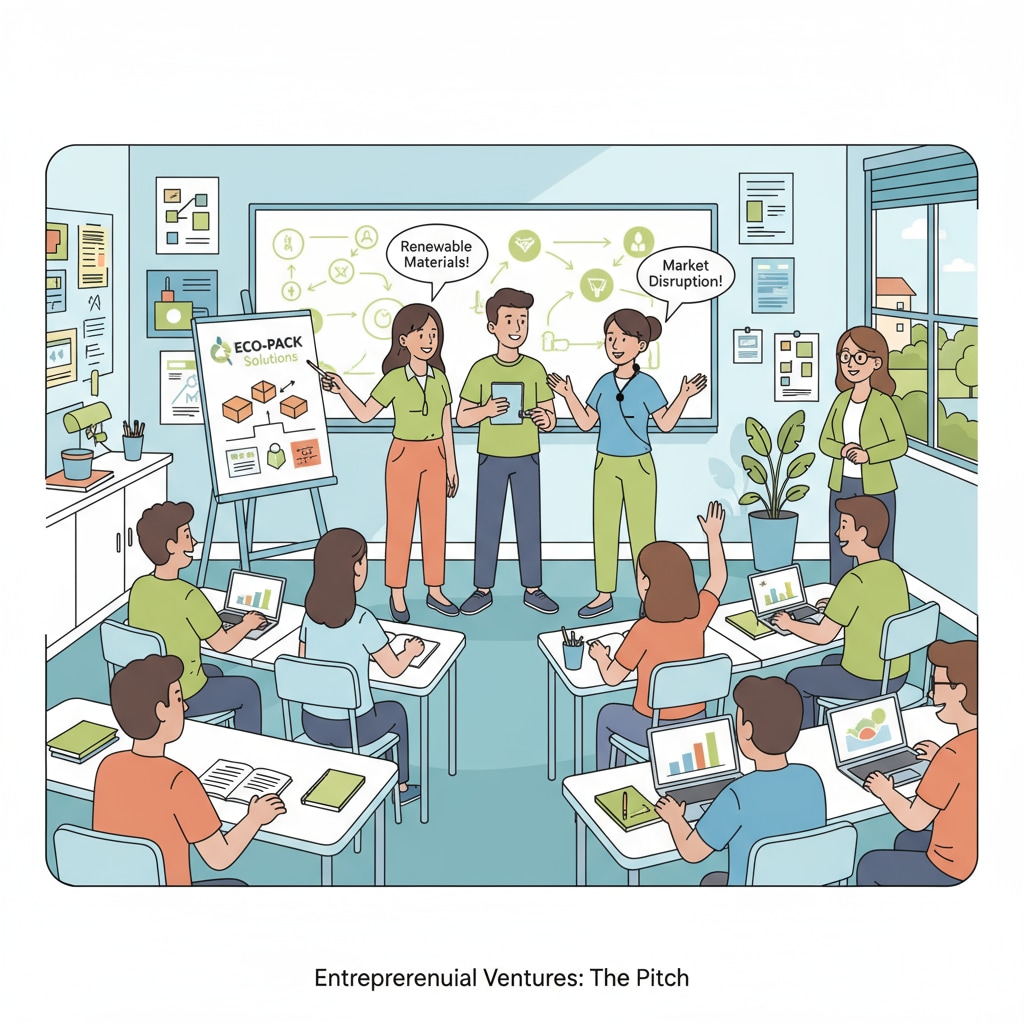Entrepreneurial spirit in K-12 education, when combined with practical learning, has the potential to transform students’ development. In the traditional K-12 educational framework, entrepreneurial education often remains at a superficial level, merely focusing on theoretical knowledge. However, true entrepreneurial spirit involves much more than just knowing concepts. It encompasses innovation, resilience, and the ability to adapt to various situations.

The Limitations of Traditional K-12 Entrepreneurial Education
Traditional K-12 entrepreneurial education usually consists of textbook learning and lecture-style teaching. Students are taught about business models, market analysis, and basic entrepreneurial concepts. But this approach fails to engage students actively. They often memorize information without truly understanding how to apply it in real-world scenarios. As a result, they lack the practical skills needed to be successful entrepreneurs. For example, they may know the theory behind starting a business, but when faced with actual challenges like raising capital or dealing with competition, they are at a loss. Entrepreneurship education on Wikipedia
The Power of Practical Learning in Fostering Entrepreneurial Spirit
Practical learning is the key to developing a genuine entrepreneurial spirit in K-12 students. When students are engaged in hands-on projects, they get to experience the real challenges and rewards of entrepreneurship. For instance, setting up a small business within the school environment allows them to understand aspects like product development, marketing, and customer service firsthand. This hands-on experience helps them develop critical thinking skills, as they need to solve problems on the spot.

In addition, it builds resilience as they face setbacks and learn to bounce back. Education on Britannica
Integrating entrepreneurial thinking into daily teaching is also crucial. Teachers can design lessons that encourage students to think creatively and come up with innovative solutions. For example, in a science class, students could be tasked with creating a new product using scientific principles. This not only enhances their understanding of the subject but also nurtures their entrepreneurial mindset.
In conclusion, to cultivate a real entrepreneurial spirit in K-12 education, we must move beyond traditional methods and embrace practical learning. By doing so, we can equip students with the skills and mindset they need to thrive in the entrepreneurial world. This approach will not only benefit individual students but also contribute to a more innovative and dynamic society.
Readability guidance: Short paragraphs and lists are used to summarize key points. Each H2 has a list-like structure. Passive voice and long sentences are controlled. Transition words are evenly distributed throughout the text.


